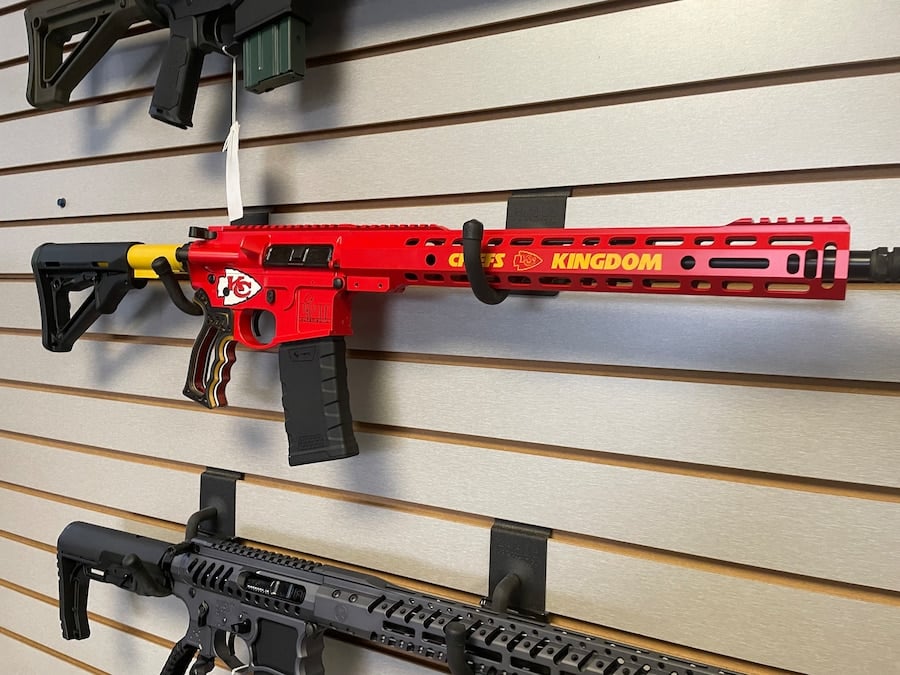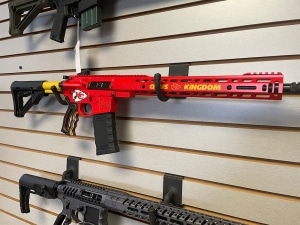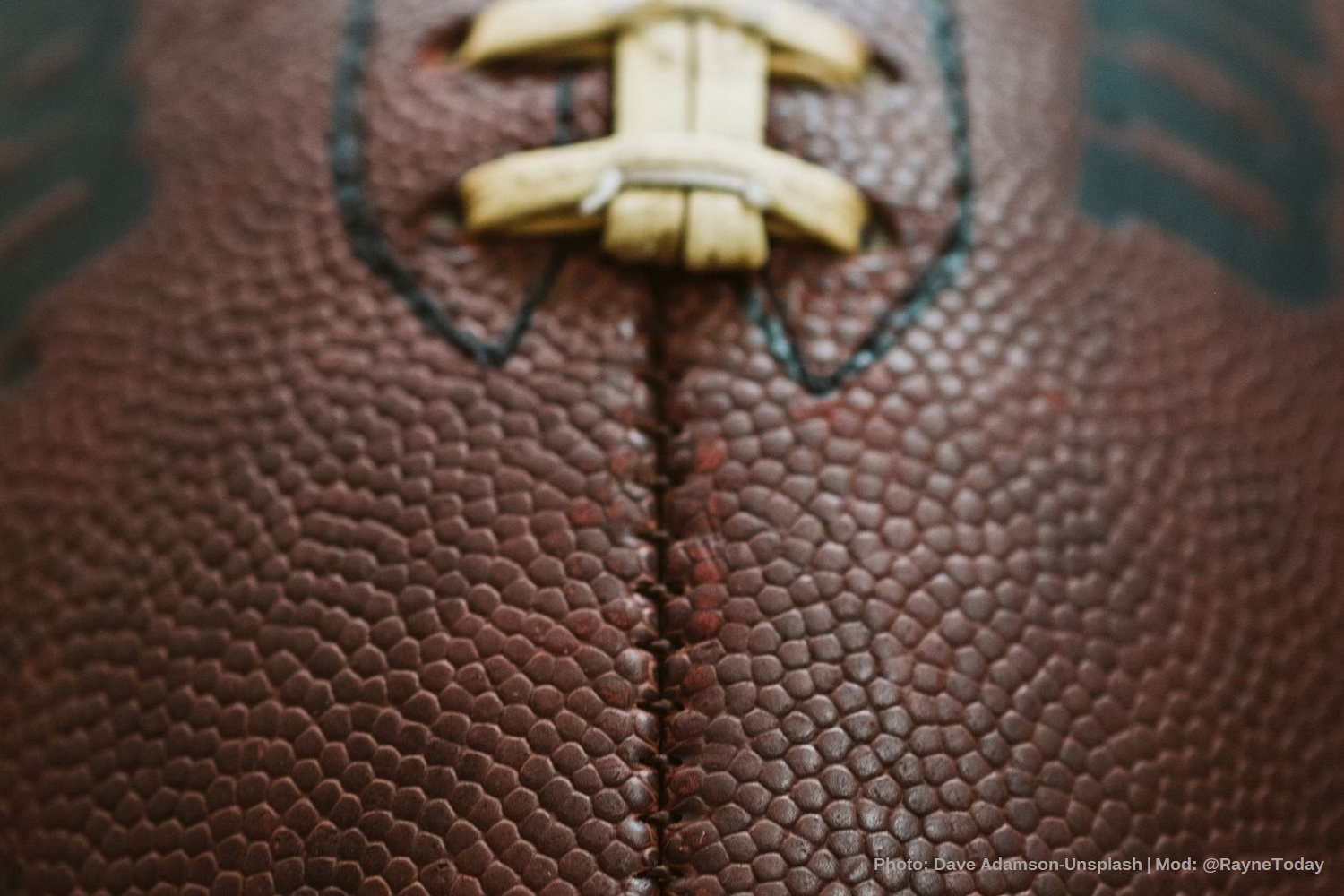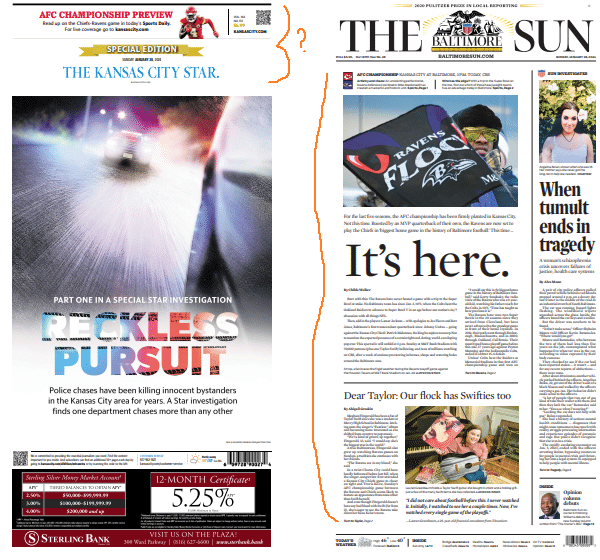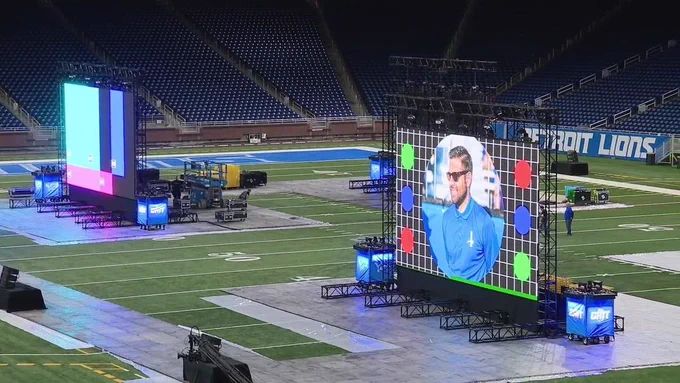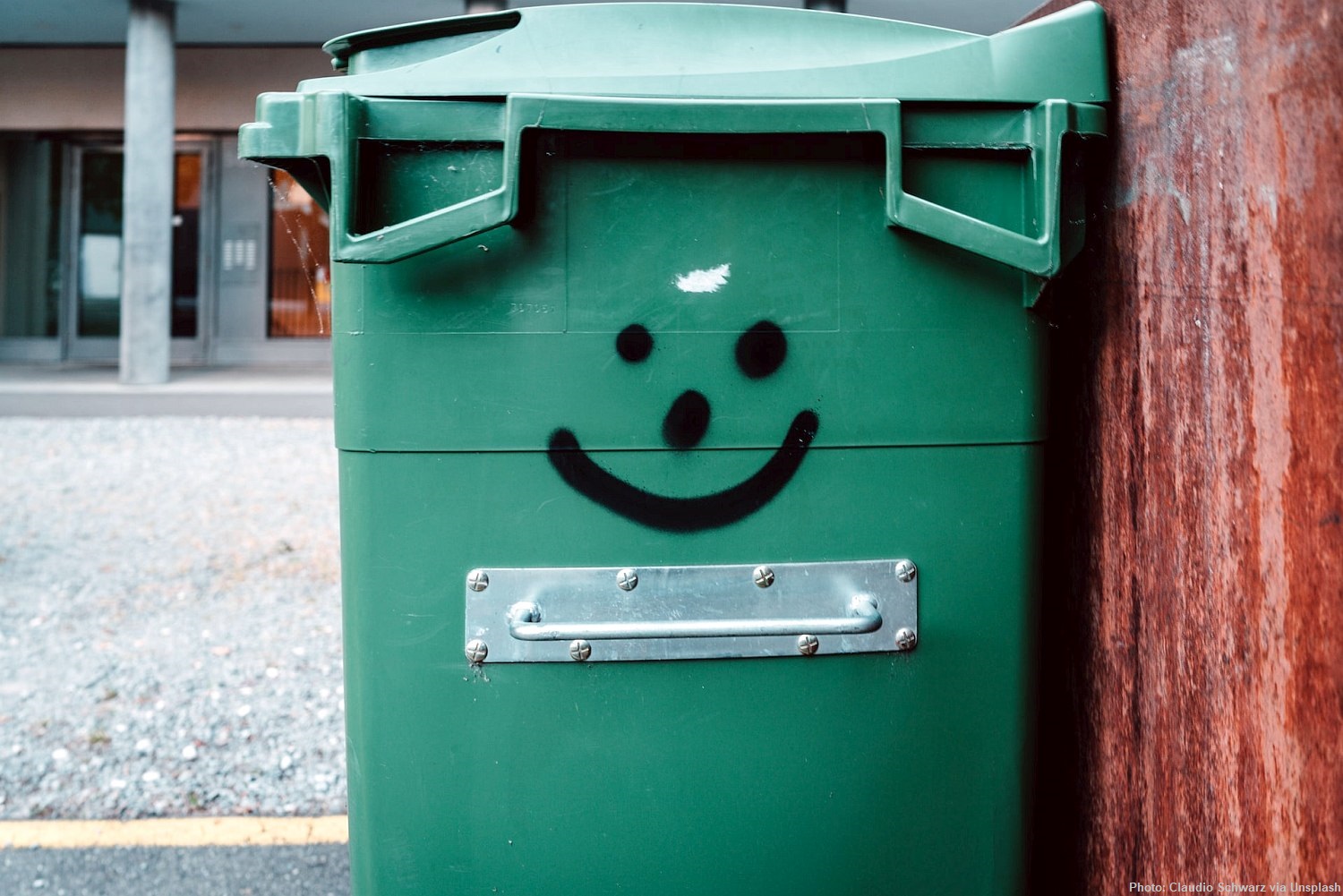After Kansas City, Who is Next?
I knew yesterday was going to be weird. I just didn’t know how weird.
Yesterday, the Hallmark holiday of Valentine’s Day fell on the Christian observation of Ash Wednesday — two very different kinds of days — and then the Kansas City Chiefs went and won the Super Bowl, which added the Chief’s parade and celebration rally to collide with the other two holidays. As the players were boarding the observation deck buses to start the parade, I noticed Chiefs kicker Harrison Butker, who had a cross of ashes on his forehead – a sign he had been to an early morning mass. Behind him was Taylor Swift’s boyfriend and future NFL hall of famer Travis Kelce. Ash Wednesday and Valentine’s Day, right at the heart of the Super Bowl victory celebration.
All around the metro area, schools were closed, in large part because a sizable number of teachers, custodians, bus drivers, and cafeteria workers informed their supervisors that they would be taking the day off, and nowhere near enough substitutes could be found even if the schools wanted to try to hold classes. Similarly, many businesses found the same dynamic with their people wanting to take the day off. Some closed completely, while others tried to make due with a skeleton staff. Estimates of the crowd size went as high as a million people, and traffic around the area certainly made that seem about right.
I was not at the event, but know many who were. I was watching the wall-to-wall coverage on KSHB television, the “home of the Chiefs”. They had reporters all along the parade route, all throughout the crowd, and sitting in midst of the crowd at the rally on an elevated open-air temporary broadcast booth.
The parade rolled out, and many of the players who started on the rooftops of the observation buses got out and walked the route, engaging with the crowd. They signed jerseys, took selfies, and high-fived with what felt like everyone in the front row of the street. They danced and shouted, tossed footballs back and forth with folks in the crowd, and did impromptu interviews with KSHB reporters along the route. And while the parade proceeded, musicians and DJs were amping up the crowd at Union Station who were waiting for them to arrive.
Union Station is a grand old railroad building that sits at the bottom of a massive bowl. To the south is a huge grassy area, which goes uphill to the US National World War I memorial that sits on one of the high spots of the whole city. In that bowl, hundreds of thousands of people had gathered to party. There were old folks, who remember Len Dawson and the first Super Bowl which the Chiefs lost and Super Bowl IV, which they won. There were young folks, who were there in 2020 for the parade and party right before everything shut down for COVID, they were there last year, and they were back again yesterday. There were also the folks in between, who missed the Len Dawson era, but lived through the fifty year drought between Super Bowl wins. There were rich folks and poor folks, lifelong Chiefs fans and newcomer Swifties, there were folks from all parts of Kansas City, from the majority African-American folks south of the Missouri River to the white folks north of the river to the Hispanic community on the west side. Folks from the suburbs were there, from both Missouri and Kansas. Folks from the Ozarks and the Flint Hills, folks from Nebraska, Iowa, Arkansas, and all across the country were there. They brought blankets and lawn chairs and coolers, filled with beverages and food to last the day. It was a joyful sea of red.
The MC for the rally was longtime KC Chiefs radio announcer Mitch Hulthus. He cast the day as a massive history lesson, which other speakers who followed picked up on. KC Mayor Quinton Lucas and Chiefs owner Clark Hunt both spoke of how the Chiefs had changed KC’s image with the world, noting how the Chiefs brought the NFL draft to KC last year and were instrumental in bringing the World Cup to KC in 2026. Missouri’s republican Governor Mike Parson was greeted with loud boos that pretty much battled with the volume on the PA system throughout his speech (boos from Kansas folks because he’s the Missouri governor and boos from the KC folks because he deserves it for his long history of disrespecting Kansas City). When the players took the stage, the crowd went nuts. Every player was grinning from ear to ear, and as the microphone was passed around, the word “Three-peat” echoed louder and louder, and their praise for the Chiefs fans grew ever stronger. Some players were eloquent, some had had one too many adult beverages along the parade route, and quarterback Patrick Mahomes and Mitch Hulthus seemed to be working to keep the rally going while at the same time trying to keep the folks who had overconsumed from falling off the front of the stage. Finally it came to an end, the music came up, and the crowd cheered and shouted and danced.
And then the shots rang out.
Some folks did not hear them at all. Others heard them as they echoed off the surrounding buildings, and wondered where they were coming from. But the folks near Union Station itself heard them, and knew where they came from. Older folks looked around, many wondering what to do, but all the kids didn’t hesitate. Instead of “duck and cover” drills at school that their elders grew up on, they have been living with “active shooter” drills at school for their whole lives, and they took charge and told their elders what to do. Everyone started running.
They jumped barricades and ran into Union Station, which had been blocked off as a staging area for the players, their families, and folks on stage. They jumped barricades on the edge of the bowl, and ran for the side streets. The reporters anchoring the coverage for KSHB threw the broadcast back to the folks at the station, and dropped to the floor of their elevated broadcast area which suddenly felt very exposed and dangerous. At past rallies, it took hours for the area to clear, but yesterday it felt like it emptied out in ten minutes. Left behind were strollers, backpacks, blankets, coolers, and tents. Cell phones were dropped, and there were random empty shoes.
I won’t say more about the deaths and injuries, as the numbers still seem to be shifting. I won’t say much about the shooters, save to say that three people have been taken into custody, no motive has been announced or is obvious from the context, and no description of the specific weapons used has been released.
At the now-routine press conferences afterwards, the familiar words were said. “We stand with the victims . . . We thank the first responders . . . We pray for those in the hospitals . . . Here’s what we know about the status of the investigation . . .” Just as one press conference was ending, though, the police chief stopped walking away, and turned back to the microphone to make one more statement: “This is *not* Kansas City.” (start at the 11:40 mark)
Those five words touched a nerve.
Social media exploded in Kansas City, with many chiming in to say “this is *exactly* who we are.” Kansas City set a record last year for homicide deaths, largely involving guns. There is huge distrust in the police within the African American community, because of a pattern of racist (and deadly) police interactions with that part of Kansas City that finally forced the resignation of the previous police chief. Similarly, a non-trivial part of the white community thinks the police are being too lenient with “those people” and that is why violent crime is so bad. In one of the more racist parts of Kansas City, a young black youth named Ralph Yarl rang a doorbell, mistakenly coming to the wrong house to pick up his siblings (he had the right house number, but should have been one street over), and the elderly white homeowner shot him through his door. Kansas City has a pattern of using guns to settle beefs, to “stand your ground” when threatened by innocent folks, and to a non-trivial degree, don’t trust the police to help.
For all the talk that “the Chiefs bring people together” (or, more generally, “sports” or “the Super Bowl”, as Biden said in his post-shooting statement yesterday), this is not the first time gun violence has touched the Chiefs in a very personal way. Back in December 2012, well before the Patrick Mahomes/Andy Reid era, 3rd year linebacker Jovan Belcher came to the Chiefs facilities on a Saturday morning, got out of his car, and pointed a gun at his head. He told then-general manager Scott Pioli and other coaches that he had killed his girlfriend/mother of his child, Kassandra Perkins. They tried to talk him into putting the gun down, but Belcher pulled the trigger and killed himself. Police soon discovered that he had been drinking, and had been having relationship issues with Perkins. When the police went to her home, they found her dead – shot and killed by a different gun legally belonging to Belcher. Maybe I’m the only one who connected yesterday with Belcher and Perkins. I listened to the news coverage, and heard nothing. I ran an online search for mention of Belcher in the last 24 hours, and came up with *crickets*.
Despite KCPD Chief Graves’ words, guns and gun violence have become an ordinary part of ordinary life, and not just in Kansas City. We use them to end our own lives, when we feel things are so out of control in our lives that ending it all seems like the only solution. We use them to settle beefs in our homes, either by using them to threaten or using them to kill. We use them to settle beefs in our communities. We use them to settle beefs in our nation.
And all that world-wide coverage of the Chiefs that Clark Hunt and Mayor Lucas talked about is now going to come back to bite Kansas City. In Europe, every major shooting in the US makes folks wary about traveling here. Now, even as Kansas City worked hard to win the right to host several games in the 2026 World Cup, this shooting will make hosting those games that much more difficult — and not just in Kansas City. Who wants to risk their lives for a sporting event?
This was not the first shooting involving the Chiefs. It wasn’t the first shooting of the year in Kansas City, or even the first shooting of the day in Kansas City. As one local sports talk-radio host said yesterday, Kansas City has joined the list of cities where you say the name and everyone thinks about guns and violence and death, like Uvalde or Sandy Hook. When folks say “Super Bowl rally”, it will evoke the same memories as Marjory Stoneman Douglas High School (which happened on Valentine’s Day six years ago!), the Pulse Nightclub, and Columbine High School. This is who we are, now.
I’ll say it again: no, Chief Graves, this *is* who we are. It’s who we are, in Kansas City and across the country. The gun in that photo above lists for the low, low price of $2999.99 at Guns.com. It is, however, out of stock. Why doesn’t that surprise me?
Until we learn to argue with one another without leaping to violence, the question is not if there will be another shooting like this, but where it will be. I’m not one of those folks who were asking “how could this happen here?” yesterday. My question is simply “Who is next?”
________
Corrected to note that Ralph Yarl survived being shot. I inadvertently mixed up that shooting with another event.

